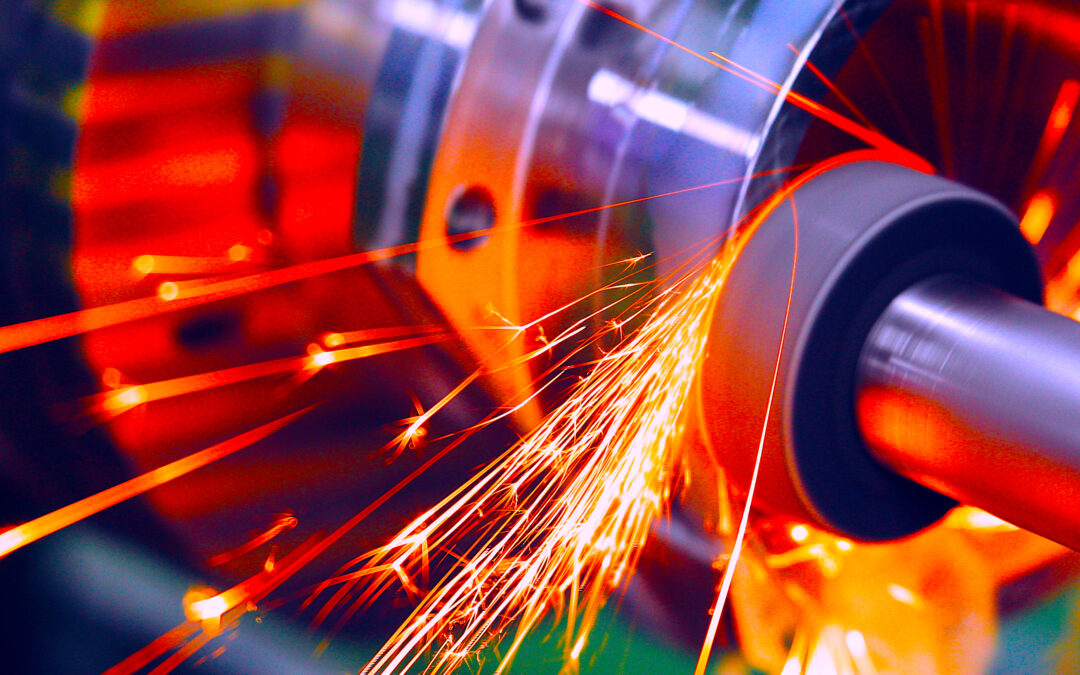This is the seventh in an ongoing series of columns with the following theme: “If there were ever a time to get serious about lean manufacturing, it’s now. The vision of doing more with less of everything may very well be the new reality in our upside-down, post-pandemic world.” In my June 6, 2022, column, (see links below), I recommended a goal that RAM Pros can readily grasp: “Lean Equipment Management (LEM) for the most critical, most penalizing equipment-driven processes.” That, as I’ve, stressed with a business focus. Let’s again look at Principle #1: Targeting the major causes of poor equipment performance.
The first of the “7 Principles of Lean Equipment Management” noted in my June 13, 2022, column (see links below) drives improvement and measures effectiveness of the actions taken. So, #1 begs the question “what are the major causes of poor equipment performance?”
First, we must determine what equipment “performance” is and what the goals should be so we can determine if there are indications of “poor performance.” In my work with the principles of Lean Equipment Management since the mid-1980s, I’ve identified 14 major categories of equipment-related performance losses. Grouped into four main categories, they are:
A. Planned shutdown losses: 1) No production, breaks, shift change, etc.; 2) Planned Maintenance.
B. Downtime losses: 3) Waiting for Operators; 4) Failure or breakdowns; 5) Setups & Changeover;
6) Tooling or Part Changes; 7) Startup & Adjustment; 8) No room for output; 9) No incoming materials.
C. Performance efficiency losses: 10) Minor stops; 11) Reduced speed or cycle time.
D. Quality losses: 12) Scrap product/output; 13) Defects, rework; 14) Yield/Transition.
GOAL OF ZERO
Now for goal setting. I prefer a goal of ZERO losses. I know that’s a stretch goal for most. But from a LEM-RAM perspective it should make sense.
Let’s put the goal of ZERO losses in perspective. For most manufacturing businesses the goal of ZERO defects tends to be the preferred product quality goal. And then there’s environmental health & safety goals of ZERO incidents, illnesses, injuries, lost workdays, and/or fatalities. Makes sense too. How about customer order fulfillment of ON-TIME/IN-FULL. That’s ZERO incomplete or late deliveries.
So, why not the goal of ZERO when it comes to equipment-related losses? If the goal for equipment doing what it’s supposed to do is 100%, then anything less makes the equipment less than reliable.
There were times when proponents of “world-class” equipment performance cited an erroneous (and misinterpreted) “85% Overall Equipment Effectiveness (OEE).” Quite frankly that’s hogwash! That means they’re satisfied with 15% of the time the equipment is NOT doing what’s expected of it. That’s unacceptable for critical, constraint, no work-around equipment in a lean production process flow.
Remember the RAM goal cited in this entire series? “Lean Equipment Management (LEM) for the most critical, most penalizing equipment-driven processes.” The goal of ZERO losses applies to the LEM targeted equipment NOT necessarily to all equipment in the plant.
BOTTOM LINE
Let’s summarize the awesome power of the first principle of LEM. This principle identifies, tracks, and helps prioritize LEM activities on the most penalizing equipment, and measures the effectiveness of LEM improvement actions.The goal of ZERO losses can be achieved. I’ve seen it happen, first in the top-performing NASCAR race teams in the 1990s and 2000s and later in manufacturing/production processes. But it has to be right up there with the other top goals of environmental, health & safety, quality, and customer-order fulfillment.TRR
Click These Links To Read Prior Installments In This Series
“Is Lean Manufacturing Dead? Surely Not” (May 31, 2022)
“Lean Manufacturing: Where To Begin?” (June 6, 2022)
“Lean Manufacturing: The 7 Principles Of Lean Equipment Management” (June 13, 2022)
“Lean Manufacturing: Leadership & Teamwork” (June 20, 2022)
“Lean Equipment Management: How To Put Its 7 Principles To Work (Part 1)” (June 27, 2022)
“Lean Equipment Management: How To Put Its 7 Principles To Work (Part 2)” (July 4, 2022)
ABOUT THE AUTHOR
Bob Williamson is a long-time contributor to the “people-side” of the world-class-maintenance and manufacturing body of knowledge across dozens of industry types. His vast background in maintenance, machine and tool design, and teaching has positioned his work with over 500 companies and plants, facilities, and equipment-oriented organizations. Contact him directly at 512-800-6031 or bwilliamson@theramreview.com.
Tags: reliability, availability, maintenance, RAM, asset management, skills development, on-the-job training, supply-chain issues, training and qualification, professional development
Prior installments:
“Is Lean Manufacturing Dead? Surely Not” (May 31, 2022)
“Lean Manufacturing: Where to Begin?” (June 6, 2022)
“Lean Manufacturing: The 7 Principles of Lean Equipment Management” (June 13, 2022)
“Lean Manufacturing: Leadership & Teamwork in Action” (June 20,2022)
“Lean Equipment Management: Putting the Seven Principles to Work” (Part 1)
“Lean Equipment Management: Putting the Seven Principles to Work” (Part 2)



